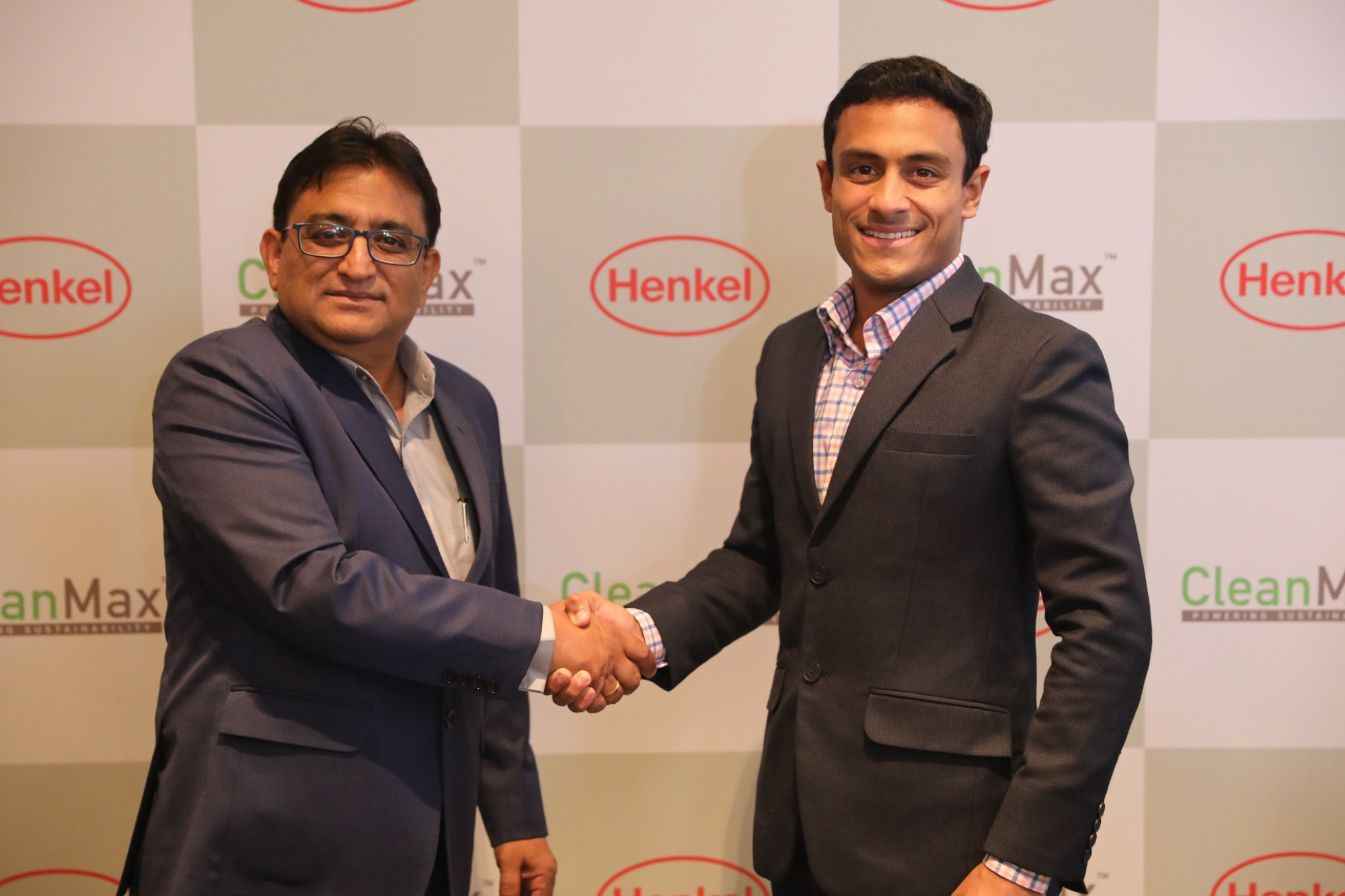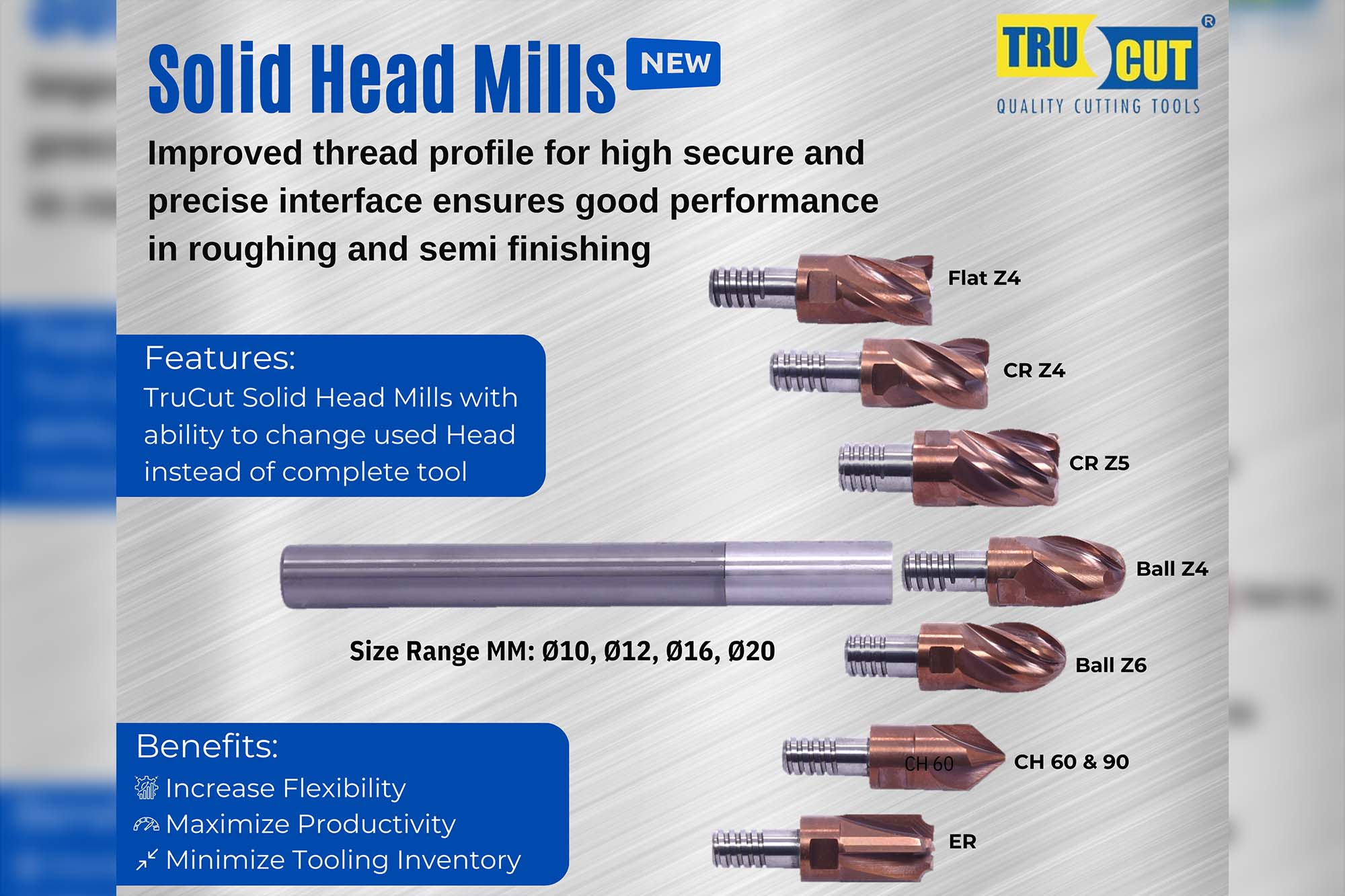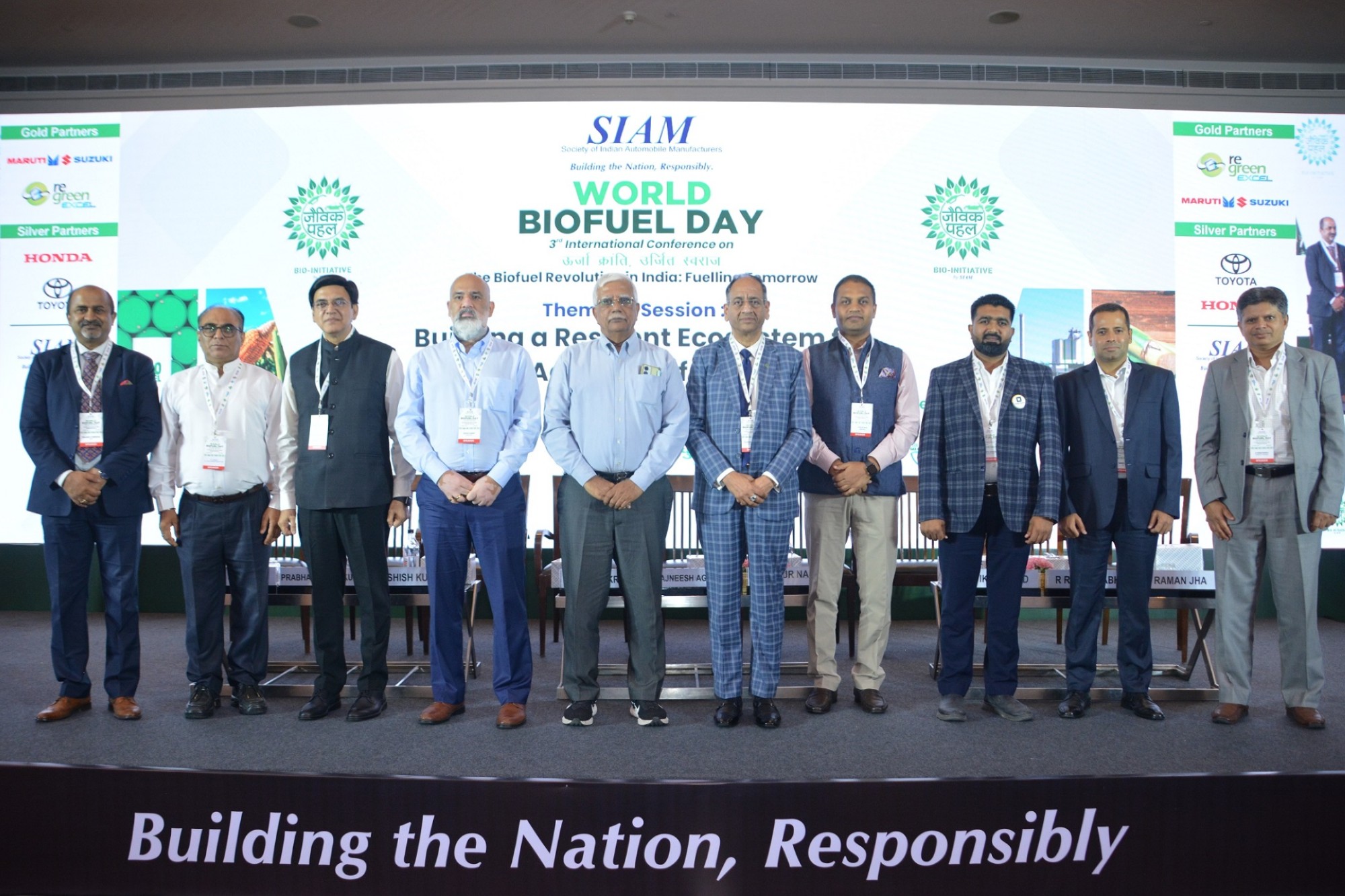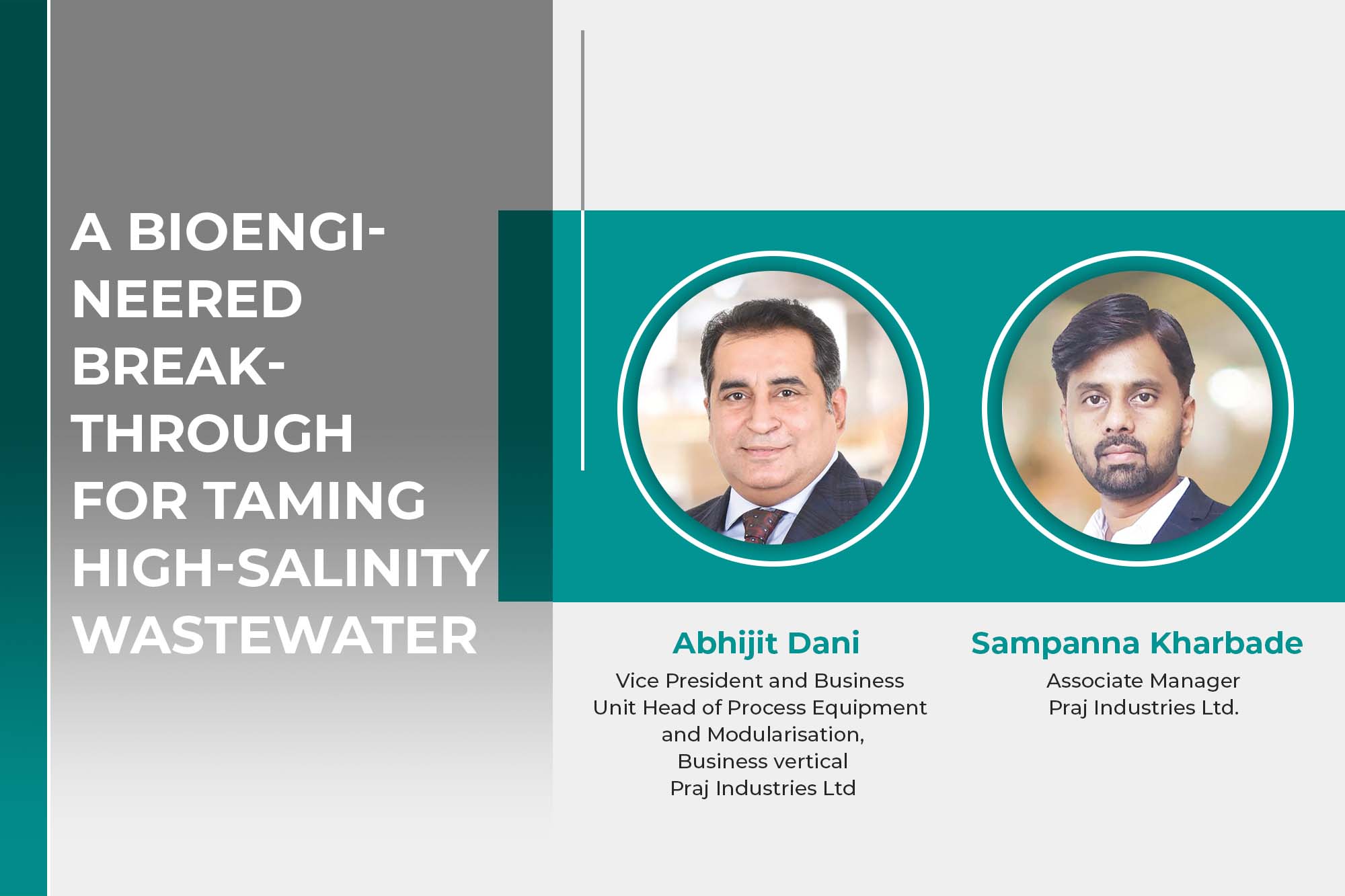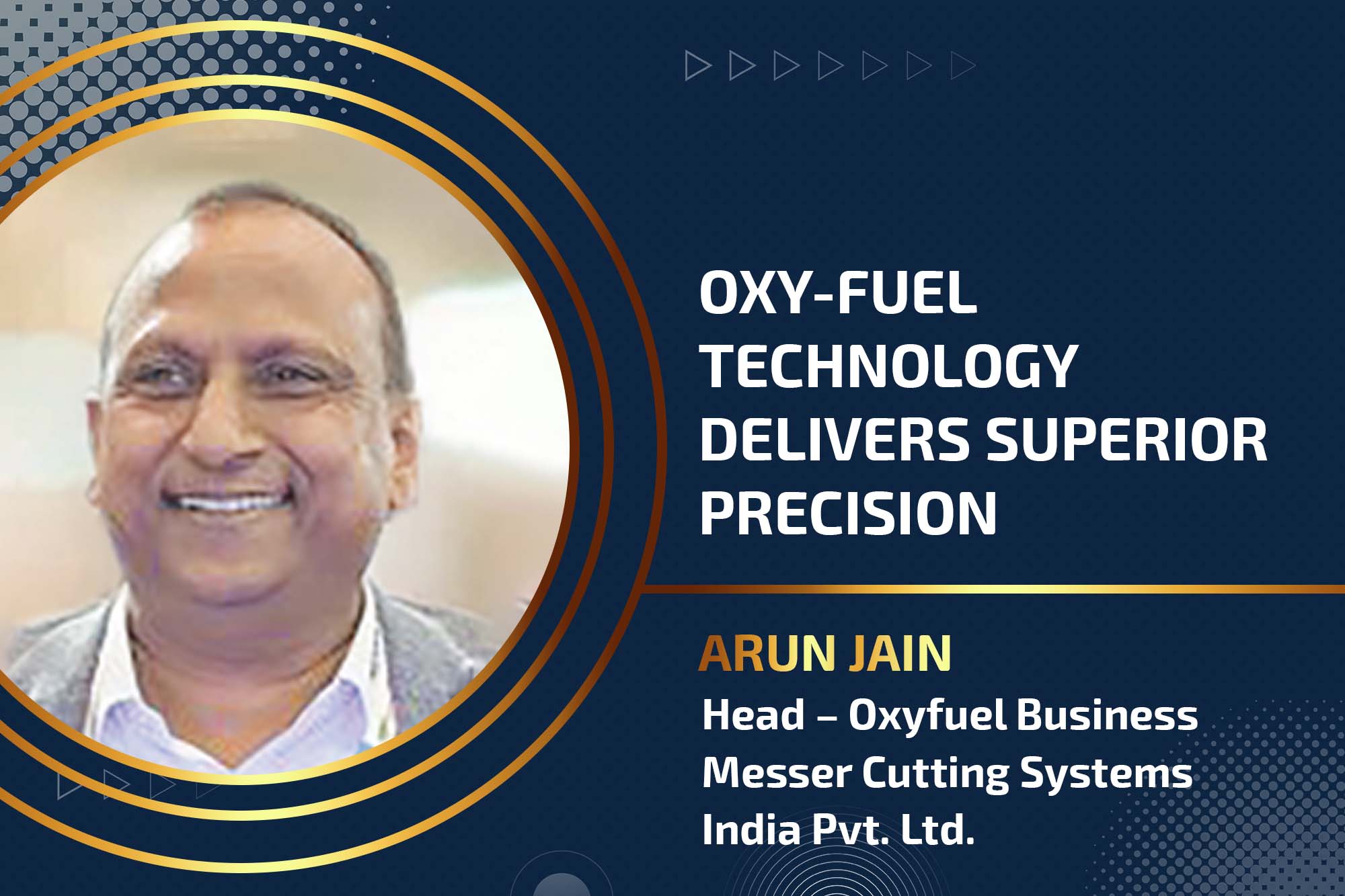Consider peristaltic pumps in water and wastewater
By admin September 22, 2014 5:32 pm IST
Peristaltic (hose) pump technology, epitomised by the Abaque series, proves its worth in critical water and wastewater handling operations
Water is quite an amazing commodity. It is one of the building blocks of life—organisms ranging from human to plants to animals cannot survive without it. Municipalities could not exist without a readily available supply of water, which delivered to a wide array of, for example, residences, businesses, hospitals and community centres.
The operations in many of the world’s major industries would also halt without water, which is used as an ingredient in thousands of finished products. Water is also used as a cleaning or cooling agent for equipment in many industrial equipment applications. In instances like these, water often becomes wastewater, which must either be treated or disposed of.
So, there is a paramount need for pumping technology that can efficiently, reliably and safely handle water, from its most pristine state to the soiled variety that flows into a water-treatment facility. Wastewater can be especially problematic for pumping equipment because it can become fouled with abrasives or solids that can harm pumps, or hazardous materials that must be contained in order to protect the safety of plant personnel and the environment.
Today’s challengeThe design and operational characteristics of peristaltic (hose) pump technology make it a wise choice in a wide range of water-handling applications. Peristaltic pumps satisfy the requirements of such a wide range of applications because their operation is based on the alternating contraction and relaxation of the hose.
A smooth-wall, flexible hose in the pump casing squeezes between shoes on the rotor and the inside of the pump casing. This action moves the product through the hose at a constant flow rate. Since the product only contacts the hose and not the internal pump components, this pumping technology is very suitable for abrasive and corrosive applications. This pump style also maintains excellent volumetric consistency and its seal-free design makes it dry-run, self-priming and low-slip capable, while eliminating any potential leak or contamination points.
Another consideration when selecting a hose material is its ‘fatigue resistance’. A hose material that is susceptible to developing cracks and holes is not as desirable as a material that can reliably handle the demands of the repeated contraction and relaxation of the hose, especially when particulate-laden liquids are being pumped.
Cookie Consent
We use cookies to personalize your experience. By continuing to visit this website you agree to our Terms & Conditions, Privacy Policy and Cookie Policy.









